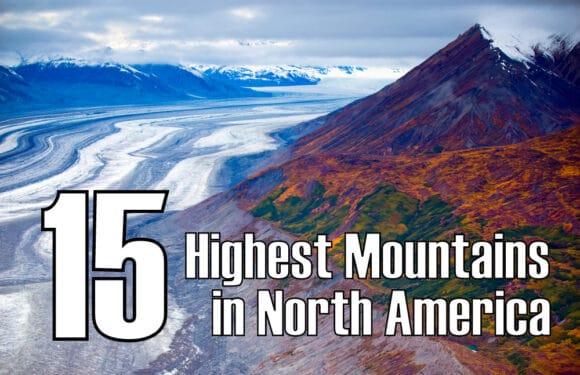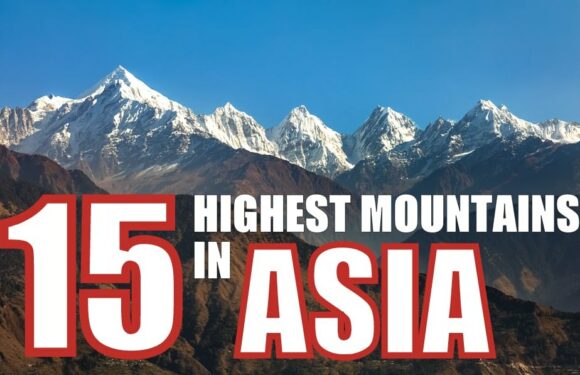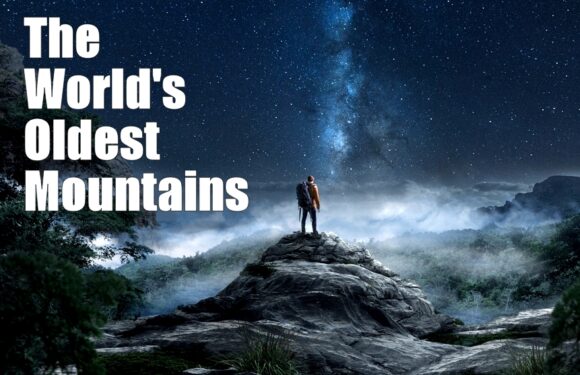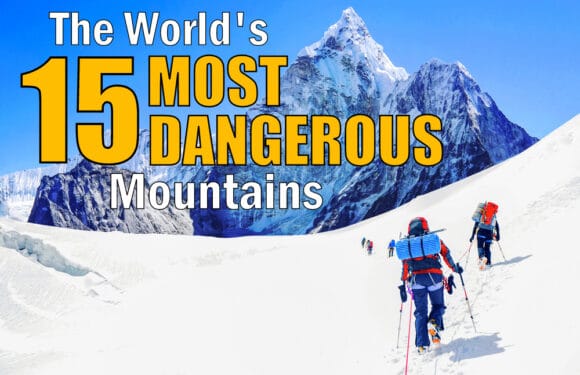Among the many stories about human deaths on Mount Everest, the tale of “Green Boots” stands out. The man believed to be behind the moniker, Tsewang Paljor, embarked on his final journey in the spring of 1996, not knowing that his fate would become a cornerstone of Everest lore.
WARNING: This article contains graphic images. Reader discretion is advised.
Tsewang Paljor: The Climber

Before he became known as Green Boots, Tsewang Paljor was an accomplished climber with a passion for the mountains that defined his native Ladakh. He was born on April 10, 1968 in a small village in India called Sakti. The rugged terrain of Asia provided the perfect backdrop for his early forays into mountaineering.
His climbing resume included several high peaks, showcasing his skills and deepening his resolve to tackle the world’s highest summit. Climbing was more than a hobby for Paljor; it was a calling that led him to the Indo-Tibetan Border Police (ITBP), a job that married his profession with his passion for the mountains.
A Policeman with a Dream
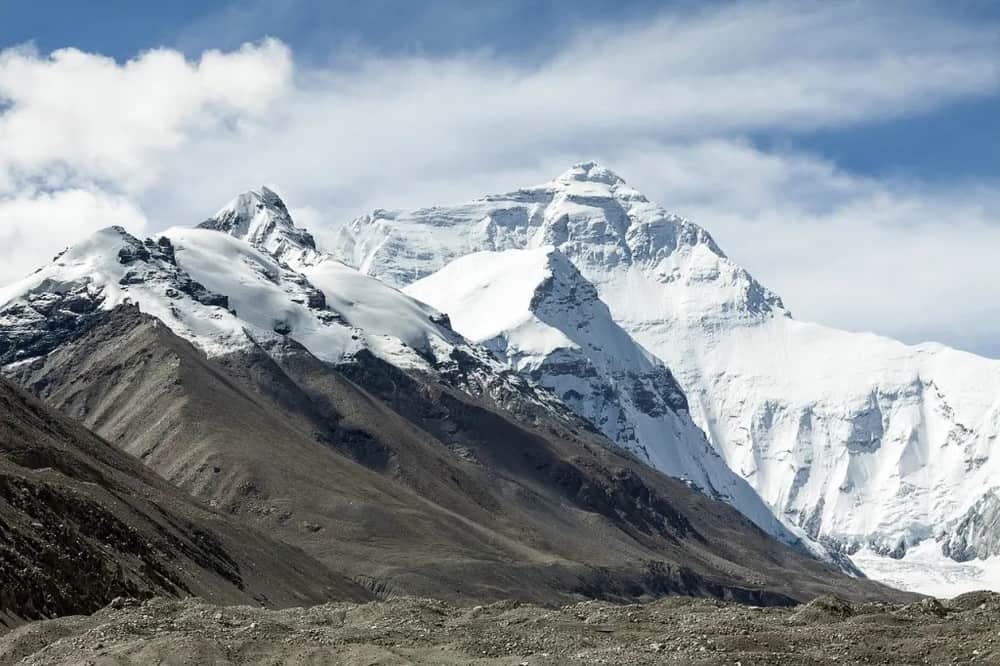
Joining the ITBP was a source of pride for Paljor and his family. It offered him the opportunity to serve his country while pursuing high-altitude climbing.
The primary role of the ITBP is to patrol and protect the 2,167 mile (3,488 kilometer) India-China border. which stretched across difficult and treacherous terrains at high altitudes. The force is responsible for preventing any illegal cross-border activities, ensuring the safety of remote border areas, and maintaining a constant vigil against any security threats.
Paljor was head constable in the ITBP, which is equivalent to sergeant in police forces in other countries. His job provided him with the training and experience necessary to undertake the ultimate test: Mount Everest.

The Tragic 1996 Everest Expedition
In 1996, Paljor was part of an ambitious ITBP expedition aimed at conquering Everest, one of the deadliest mountains in the world. This expedition, led by Commandant Mohinder Singh, marked the first Indian attempt to scale the 29,032 foot (8,849 meter) peak from its eastern flank. The six-person team was composed of experienced climbers from the Border Police. They did not hire any Sherpas to guide or support them.
The expedition’s ascent was fraught with challenges. As Paljor and his team pushed toward the summit, they were met with harsh conditions. A blizzard had engulfed the mountain. Three members of the team (Tsewang Paljor, Tsewang Smanla, Dorje Morup) pressed on towards the summit, while the others retreated. Around 15:45 Nepal Time, they radioed their expedition leader to inform him that they had reached the top. However, evidence suggests they may have not have been on the actual summit, but rather 430 feet (150 meters) short due to confusion from poor visibility.
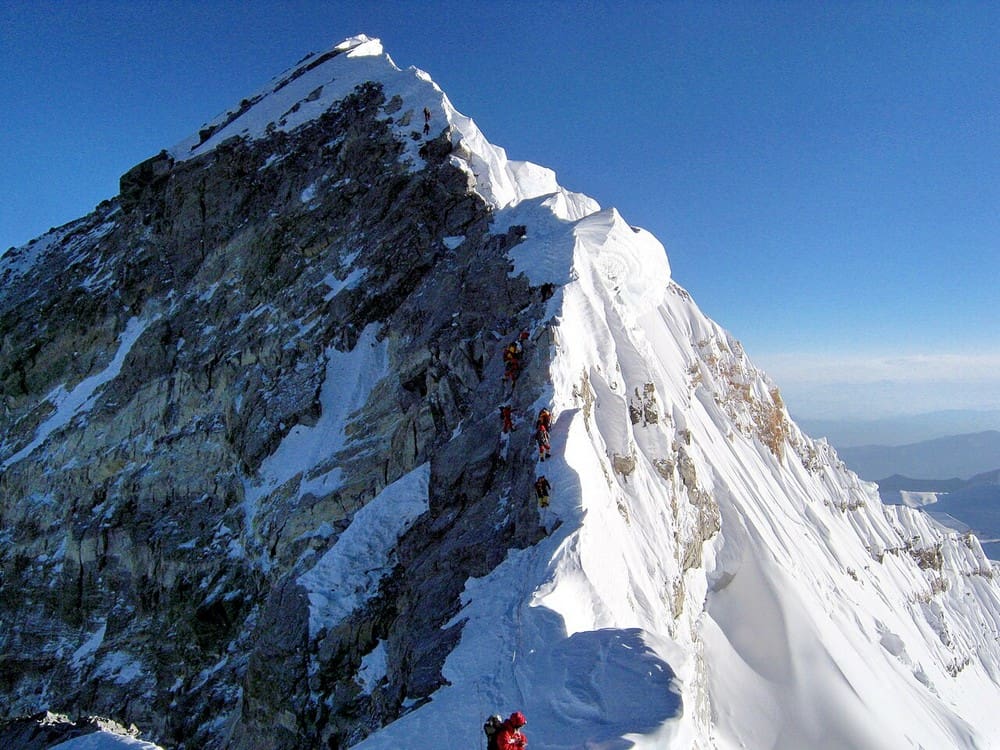
Subsequently, the climbers vanished into the storm. Below, their teammates witnessed fleeting headlamps near the Second Step (28,117 ft/8,570 m). But the three climbers never returned to their high camp (27,231 ft/8,300 m).
“Green Boots” Moniker
Paljor’s final moments remain shrouded in mystery and controversy. A body, wearing bright-green Koflach boots, was later discovered sheltered under a boulder. He subsequently became known as “Green Boots” due to his conspicuous footwear. The alcove where he laid, at 27,890 feet (8,500 meters) in elevation, became known as “Green Boots Cave.”
Over the years, Green Boots became a landmark for climbers on the Northeast ridge route to the summit. Paljor was 28 years old when he died.

However, the true identity of Green Boots remains a subject of speculation; some suggest he might instead be Dorje Morup, Paljor’s teammate.
Green Boots Might Be Dorje Morup
The Senior Deputy Leader of the ITBP expedition, P.M. Das, has contested the identity of Green Boots. He believes the body is not that of Tsewang Paljor, but rather Dorje Morup. He wrote an article in 1997 entitled, “The Indian Ascent of Qomolungma by the North Ridge.”
There, Das recounts how a Japanese climbing team encountered Morup showing signs of severe frostbite and difficulty with his equipment, between the First and Second Steps. The Japanese climbers assisted him with the rope transition and continued their ascent.
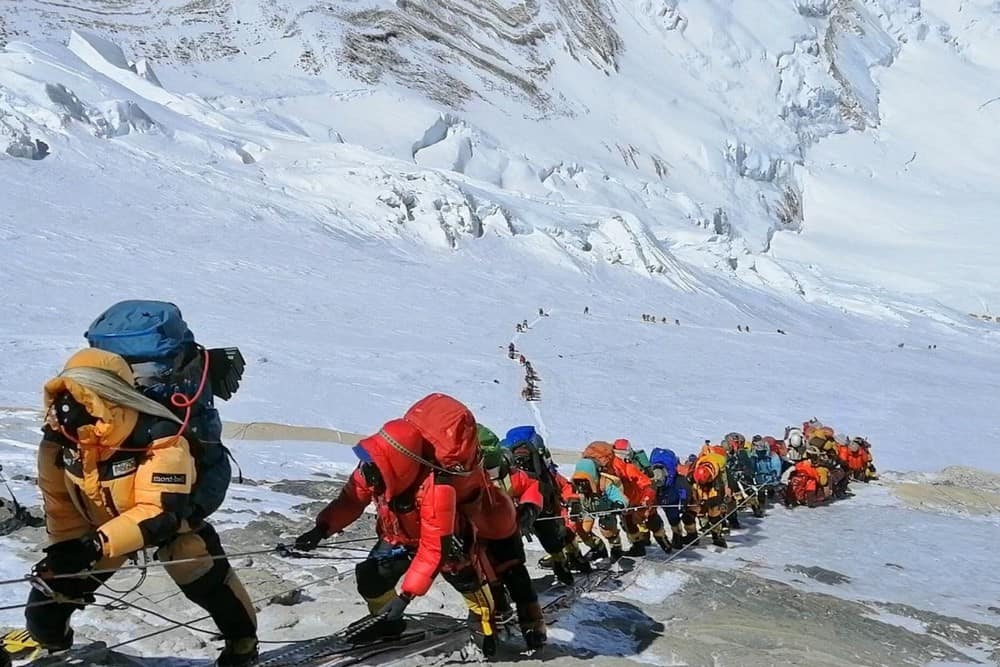
One of the sherpa with the Japanese climbers stated that he saw Paljor alive but delirious between the First and Second Steps. The body of Tsewang Smanla (the third teammate) was seen above the Second Step.
On their return from the summit, the Japanese team saw Morup again below the First Step, slowly making his way down. Neither Morup nor Paljor were seen alive again. The team believed that it was Morup who passed while taking shelter under a boulder near their descent path, close to Camp 6, with his gear and rucksack beside him. The team speculated that Paljor might have fallen down the Kangshung Face, given the absence of his body.
Is Green Boots Still on Everest?

Yes. In 2014, there were reports that the body was no longer visible in its usual location, leading to speculation that it might have been moved or buried more respectfully. However, in 2017, climbers reported that Green Boots was visible again, in the same spot, but with more rocks surrounding the body.
May he rest in peace.
Why Are Bodies Left on Mount Everest?

The management of bodies on Everest is complex, involving respect for the deceased, the safety of current climbers, and the wishes of families. Here are the reasons why many bodies not recovered on Everest:
- Extreme Conditions: The conditions above the Everest Base Camp, especially in the “Death Zone” above 8,000 metres (around 26,247 feet), are extremely harsh, with sub-zero temperatures, thin air leading to hypoxia, and unpredictable weather. These conditions make survival difficult, let alone the recovery of bodies.
- Physical Exhaustion: Climbers ascending or descending Everest are often at the very limit of their physical and mental capabilities. Attempting to carry a body down from the high altitudes would greatly increase the risk of further fatalities due to the additional exertion and oxygen depletion.
- Technical Challenges: The terrain of Everest, particularly on the higher reaches, involves steep ice walls, crevasses, and rocky outcrops. Navigating this terrain requires technical skill and immense effort even without the burden of carrying a deceased climber.
- Safety Risks: The effort to retrieve a body poses significant risks to the rescuers. Given the already high risks associated with climbing Everest, additional tasks such as body recovery are generally deemed too dangerous.
- Cost: The cost of recovering a body from Everest’s higher altitudes is prohibitively expensive. It involves hiring highly skilled Sherpas, additional equipment, and possibly helicopters for aerial recovery, which is often not feasible due to the thin air and technical challenges.
- Legislation and Permissions: Everest spans the border of Nepal and China (Tibet Autonomous Region), and any recovery operation would require permissions from the respective governments. The bureaucratic process, coupled with the need for sensitive handling of such operations, further complicates recovery efforts.
- Respect and Final Resting Place: Some families and climbers believe that those who perish on Everest should be left in peace, with the mountain serving as their final resting place. This belief respects the climbers’ connection to the mountain and their ultimate sacrifice in pursuing their passion.



















































